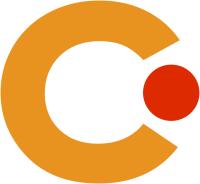Zusammenfassung
This paper introduces an automated 3D-reconstruction method for generating high-quality virtual humans from monocular smartphone cameras. The input of our approach are two video clips, one capturing the whole body and the other providing detailed close-ups of head and face. Optical flow analysis and sharpness estimation select individual frames, from which two dense point clouds for the body and head are computed using multi-view reconstruction. Automatically detected landmarks guide the fitting of a virtual human body template to these point clouds, thereby reconstructing the geometry. A graph-cut stitching approach reconstructs a detailed texture. Our results are compared to existing low-cost monocular approaches as well as to expensive multi-camera scan rigs. We achieve visually convincing reconstructions that are almost on par with complex camera rigs while surpassing similar low-cost approaches. The generated high-quality avatars are ready to be processed, animated, and rendered by standard XR simulation and game engines such as Unreal or Unity


